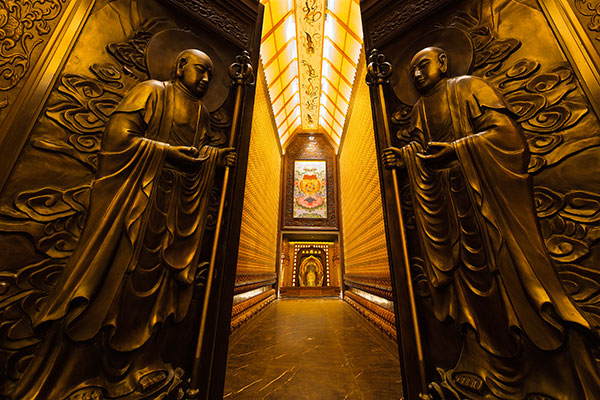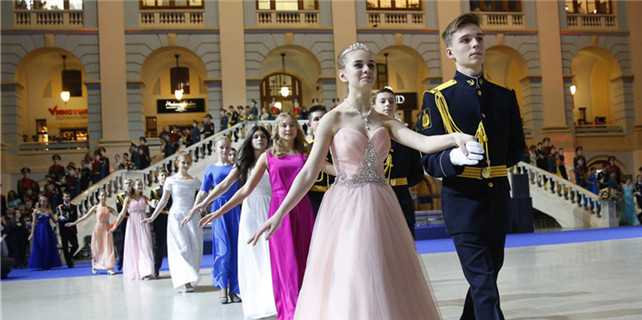Buddha's skull now crowns two horn-shaped peaks
 |
|
The Thousand-Buddha Hall is among the temples on Niushou Mountain, a place of pilgrimage for Buddhists. [Photo provided to China Daily] |
Niushou Mountain plays host to Buddha's mind-both his thought manifested and the cranium that warehoused his brain.
It claims to preserve the world's only parietal relics of Buddha Sakyamuni.
The other two Chinese sites said to contain the first Buddha's bodily relics are Famen Temple in Shaanxi province's capital, Xi'an, and Beijing's Lingguang Monastery.
Peaks, pagodas and temples peer through Niushou Mountain's mists. Over 30 Buddhist temples sprang up there between AD 420 and 907.
The destination in Jiangsu province's capital, Nanjing, is a place of pilgrimage for Buddhists-the niutou sect was cultivated there-and for people who venerate voyager Zheng He. The mountain hosts the Ming Dynasty (1368-1644) maritime-explorer extraordinaire's remnants, too.
Much of its history has survived.
The area opened as a resort in October 2015, following a massive infrastructure upgrade.
More than a million tourists have visited since, the resort's publicity officer He Ming says.
Flora is diverse and includes such rare manifestations as Nanjing linden and tianque tea trees.
Foding Palace spans 136,000 square meters on the mountain's western edge. The larger dome is said to resemble a kasaya, or a monk's outer vestment. It towers over a smaller dome said to resemble Buddha's hair that's perched atop a lotus platform featuring 56 cloud patterns.
Corridors are lined with copperplate and white-jade art. Mist often swirls around a reclining Buddha in the Chanjing Hall that portrays the story of Sakyamuni transforming into a Buddha.
Red, yellow and gold dominate the Thousand-Buddha Hall.
A 22-meter-high stupa symbolizing purity and solemnity stands in its center.
The resort has signed deals for five development projects that total 25 billion yuan ($3.6 billion).
So, travelers can expect a "zen town" and medical tourism soon.
It's worth wondering what Buddha would think of the destination today.






















